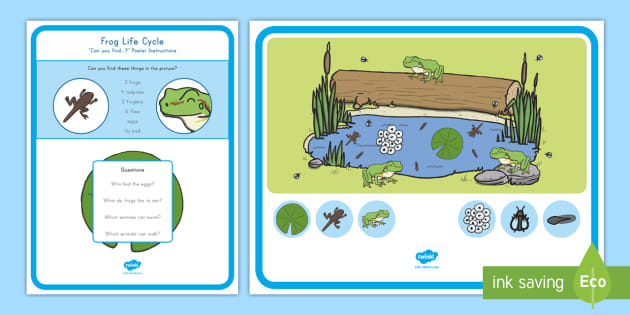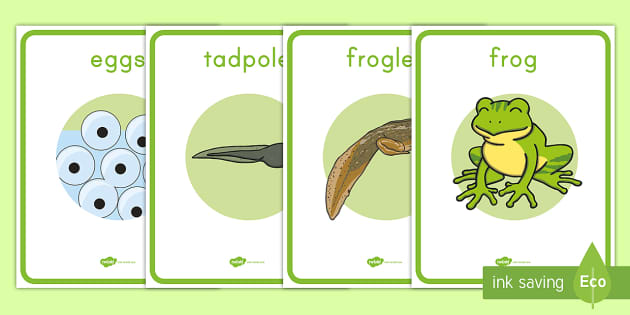

A frog's life cycle consists of four stages. In summary, these are:
Frogs can live in water and on land, making them amphibians. Before they become adult frogs, they go through a series of life stages, all of which happen underwater. The life cycle of a frog can appear complex for kids. However, we can break it down into four stages.

Eggs are laid in a group in the water by the frog. These then hatch into tadpoles. A female frog can lay up to 4,000 eggs at any one time! These eggs float on the water in ponds, lakes, and rivers, and look like a large mass of jelly. These eggs are known as frogspawn and will hatch into tadpoles.

When the eggs hatch, tadpoles emerge. These are the larvae of the frog. They don’t move very much at all for the first two weeks after emerging and will spend their time absorbing the remaining yolk from their egg for nutrients.
The tadpole then spends time eating and growing. When tadpoles are young they look a lot more like fish than frogs. They also have gills to allow them to breathe underwater. Tadpoles feed on algae and other plant life in the water to give them energy.
As the tadpole grows, hind limbs emerge, and they soon begin to look like small frogs with tails. They also begin to develop lungs, so they can breathe out of the water when they begin to spend time on land. Skin then forms over the juvenile gills to reveal a juvenile frog with a very long tail!
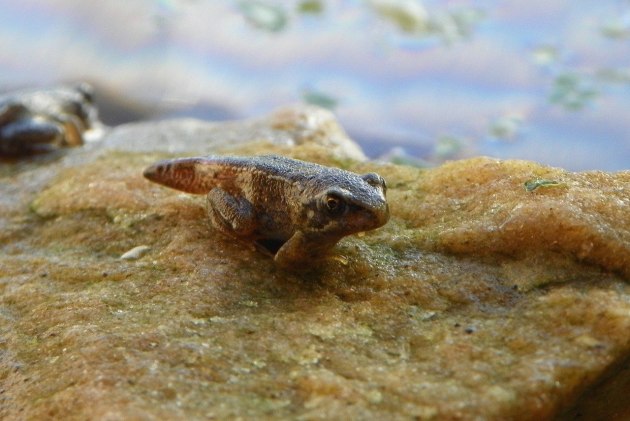
The juvenile frog grows front legs and its tail gradually becomes shorter until it is no longer there. There are nutrients within its tail that it absorbs as food. This young froglet is then ready to jump out of the water to experience life on land.
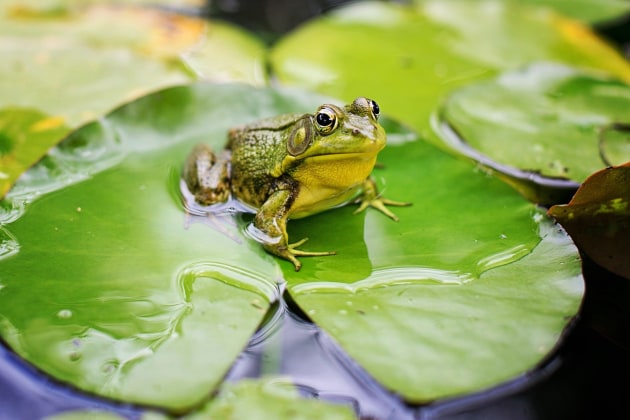
As the frog develops into an adult, it will begin to eat insects rather than vegetation. It can take up to four years before the frog becomes fully mature. Once it is, the frog can then lay eggs or fertilize them, and the life cycle of a frog can start all over again!
Our beautifully illustrated Frog Life Cycle Posters can adorn your classroom to remind your children of the importance of each stage.
The eggs that frogs lay are called frogspawn. Frogspawn looks like a large clump of jelly. However it is, in fact, a collection of thousands of frog eggs stuck together. Each egg has a tiny tadpole embryo surrounded in protective jelly that keeps the tadpole safe.
When the frogspawn is laid by the female frog, it will sit partially submerged in the pond water. The tadpoles inside each egg will slowly eat the jelly that surrounds them and build up their strength. Eventually, once all the jellies are eaten, the tadpoles will hatch.
The early life of a frog is very difficult and only around 10 of the 4,000 eggs will become adult frogs. This is because the majority of the frogspawn and tadpoles are often eaten by predators such as birds, fish and newts.
Tadpoles have a high mortality rate, which means many of them don't grow into fully-fledged frogs. Threats to tadpoles include predators, such as birds, fish, mammals, and turtles, and a lack of oxygen in their water supply. Some scientists claim that tadpoles have just a 4% chance of survival, meaning just 4 tadpoles in every 100 become adult frogs.
Luckily, there are things we can do, as nature lovers, to give the humble tadpole a greater chance of survival. These activities are a great way to introduce young children to the wonders of nature. Why not try them out with your family this weekend?

Add rocks and oxygenating plants to your pond. Rocks provide tadpoles with much-needed shelter from predators, and oxygenating plants improve the quality of their water source. The best oxygenating plants are arrowhead, eelgrass, fanwort, and water sprite.

Plant a tree near your water source. Ever seen a pond full of green water? That's algae, which thrives in warm and sunny conditions. Unfortunately, the algae sucks up all the oxygen, leaving none for other inhabitants, like tadpoles and frogs. To reduce the algae levels in your pond, you could plant a tree or shrub next to it, to keep the water shaded and cool in the warmer months.
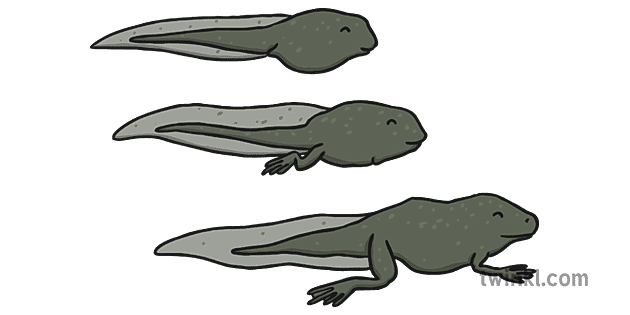
Feed them. In the wild, tadpoles feed on dead insects, vegetation, and algae. You can supplement their natural diet with some of these items: boiled spinach, fish food, boiled eggs, flies, and crickets.
*Twinkl Tip*- Try not to overfeed your tadpoles, as excess food in their water supply can reduce the oxygen levels, and damage their health.

Build an exit ramp. When the tadpoles' limbs develop, they'll need a way to get out of the water - a frog freeway, if you will. You can use plants, rocks, or bits of wood to create yours.
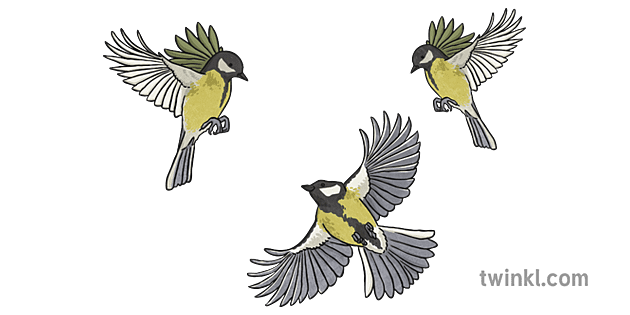
Something to bear in mind. Many animals rely on tadpoles to sustain them during the spring. It may seem cruel, but they're a vital food source for birds, snakes, hedgehogs, newts, and even other tadpoles!
One of the main reason frogs lay so many eggs is that they know only a handful will survive. So, even though it's not great news for the tadpoles, they play a significant role in their ecosystem, and we should be careful not to disrupt this natural balance too much.
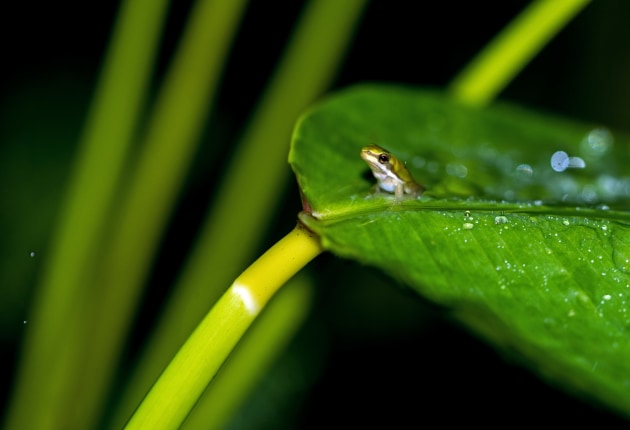
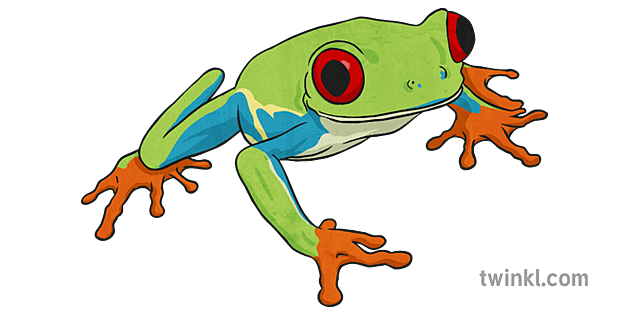
Use our resources to help teach your children about the life cycle of a frog.
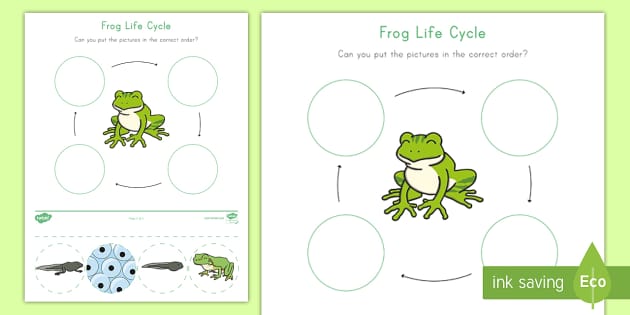
Check out this fun cut-and-paste activity that can help your children learn about the different stages of the frog life cycle. It works really well both in the classroom and as a homework assignment.
This pack of posters makes a great addition to your classroom displays when teaching about frog life cycles with your kids. Perfect for all grade levels, including preschoolers!
For something a little different, why not try these printable spin wheels? They're a super fun way of exploring the four stages of a frog's life cycle with your class.
Q1: Which of the following places are you least likely to find a frog?
Q2: Frogs lay their eggs in bodies of water. They appear jelly-like. What do we call them?
Q3: Which of this is a species of frog?
Q4: As the tadpole begins to grow legs, it slowly loses one other body part. What is it?
Q5: How do frogs catch their food (usually)?
Answers:
 Home
Home  Membership
Membership  Customer Support
Customer Support  Create
Create  Blog
Blog 

